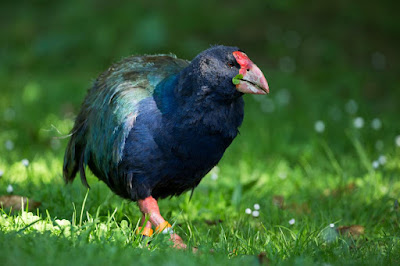Several birds have lost their ability to fly due to genetic mutations - Genetic erosion is a biological fact
https://www.sciencemag.org/news/2017/06/how-clumsy-galapagos-cormorant-lost-its-flightSince many developmental genes shoulder multiple roles, Kruglyak’s team reasoned that a genetic factor for flightlessness would not be found in a protein mutation, which could lead to a fatal outcome. Instead, they began searching for irregularities in the vast segments of DNA between genes called the noncoding regions, hoping to find clues about how the same genes might be regulated differently.
But that comparison yielded no results, so they turned back to the coding regions—the genes that produce proteins—to search for mutations that would change a protein’s ability to function normally. They discovered about a dozen mutated genes in the Galapagos cormorants known to trigger rare skeletal disorders in humans called ciliopathies, often characterized by misshapen skulls, short limbs, and small ribcages. Since Galapagos cormorants have short wings and an unusually small sternum, the researchers suspected this link was significant, they write today in Science.
Ciliopathies in humans arise from gene mutations affecting cilia—the microscopic hairlike extensions used to convey chemical messages between cells that control vertebrate development. When those signals go off-kilter, the body can grow in a visibly abnormal way. Sensenbrenner syndrome is one example, a rare condition reported in only a few dozen people characterized by an elongated skull, short limbs and fingers, a narrow chest, and respiratory problems. One of the genes linked to Sensenbrenner, called Ift122, was similarly mutated in the Galapagos cormorant. Another gene responsible for cilia production, Cux1, seemed to play a role in the cormorant’s stubby wings."
https://www.darwinthenandnow.com/archives/8666/galapagos-icon-of-evolution/My comment: It's very likely that Galápagos cormorants have lost their ability to fly just recently.











